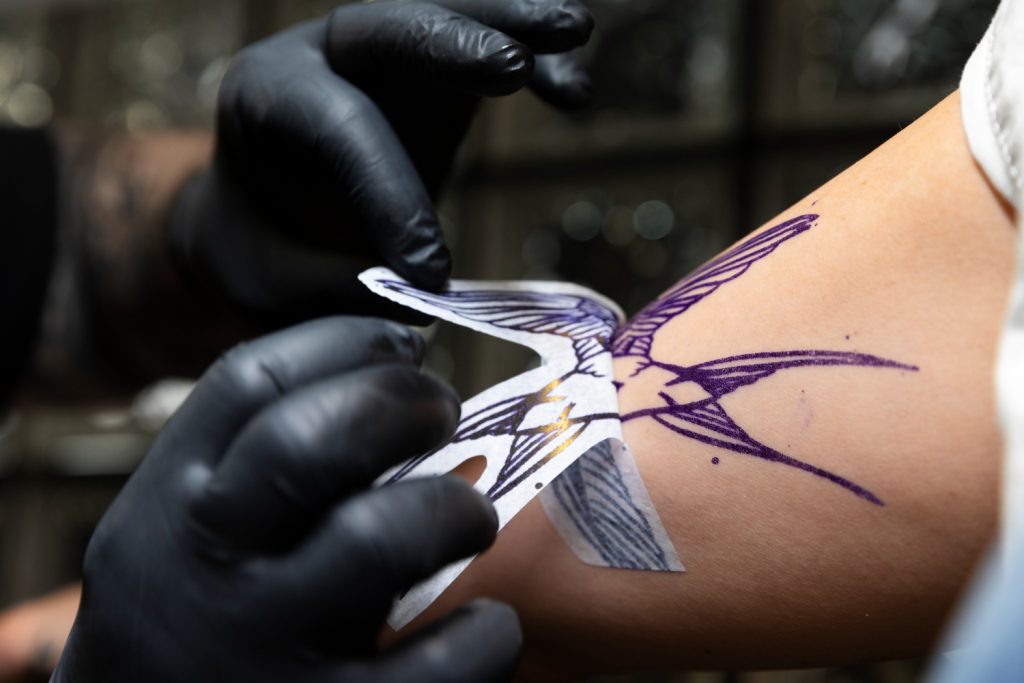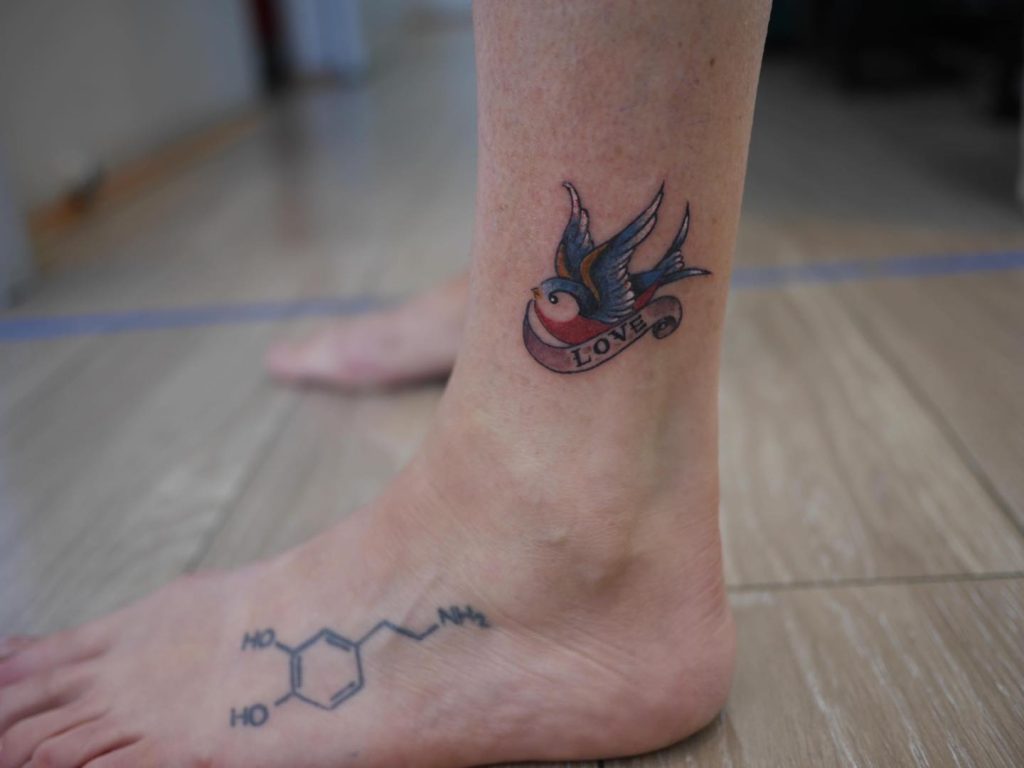Getting a tattoo is an exciting experience, a way to express yourself through art permanently inked onto your skin. However, it’s vital to be aware that sometimes things might not go as planned. One of the potential hurdles along the journey is dealing with an infected tattoo. No one wants to think about it, but understanding what to do if this happens can help you manage the situation calmly and effectively.
Tattoo infections can occur for various reasons, from unsterilized equipment to improper aftercare. Recognising an infection early and knowing how to address it can save you from unnecessary discomfort and complications. So, let’s look into what signs to watch for, the steps to take, and when to seek help, ensuring your beautiful artwork remains just that—beautiful.
Recognising the Signs of a Tattoo Infection
Understanding the difference between normal healing signs and infection is crucial. During the healing process, a new tattoo might feel sore and look a bit red or swollen. This is normal. The key is noticing when these symptoms cross into troubling territory.
Here are some common signs of an infection you should be on the lookout for:
– Persistent redness and swelling that doesn’t improve
– Pus or a yellowish discharge coming from the tattoo
– Increasing pain or a burning sensation at the tattoo site
– Fever or chills
– Foul-smelling odor from the tattoo
Recognising these signs early on is essential to prevent the infection from worsening. For example, if you notice swelling that doesn’t subside after a few days or pain intensifying rather than fading, it’s time to assess the situation more seriously. Differentiating between normal healing and infection can sometimes be tricky, but paying close attention to your body’s signals will guide you.
Immediate Steps to Take When You Suspect an Infection
Once you’ve identified a potential infection, it’s important to take swift action. Here’s how you can address the situation:
1. Clean the Area Gently: Use mild soap and warm water to clean the tattooed area. This helps remove any bacteria on the skin’s surface. Avoid scrubbing, as this can irritate the area further.
2. Apply Antibacterial Ointment: After cleaning, apply a layer of an antibacterial ointment. This can help stop any bacteria present and promote healing.
3. Avoid Further Irritation: Keep clothing or anything that might rub or cause irritation away from the infection site. Allow the area to breathe as much as possible.
By following these steps, you can start managing the infection immediately. It’s about creating an environment that allows for healing, one that’s clean and protected from further irritation. If the infection doesn’t improve or gets worse, knowing when to escalate and seek further help is key to safeguarding your health and preserving the integrity of your tattoo.
When to See a Professional
Sometimes, even when you do everything right, a tattoo infection might persist or get worse. Knowing when to seek professional help is critical to prevent further health issues and skin damage. There are particular signs that indicate it’s time to consult a medical expert or your tattoo artist:
– If symptoms such as swelling, pain, or redness worsen over several days
– Development of blisters or sores around the tattoo area
– Experiencing fever, chills, or other general illness symptoms
– Having increasing or unusual pain that doesn’t respond to basic treatment
In such cases, reaching out to your tattoo artist for advice is a good first step. They can offer insight and tips specific to your tattoo type and healing environment. However, for serious symptoms, getting in touch with a healthcare professional is important to ensure your wellbeing and that of your tattoo.
Preventing Future Infections
While treating an infection is crucial, understanding how to prevent future occurrences can save you a lot of trouble down the road. Good tattoo aftercare begins the moment you leave the studio and continues until your skin fully heals.
Here are some steps to keep your tattoo clean and prevent infections:
1. Follow Aftercare Instructions: Always adhere to the aftercare steps provided by your tattoo artist. These are tailored for optimal healing.
2. Wash Your Tattoo Regularly: Clean your tattoo gently with lukewarm water and scent-free soap. Pat dry with a soft, clean towel. Avoid using scalding hot water, as this can irritate your skin.
3. Moisturise Your Skin: Apply a thin layer of unscented lotion or a recommended ointment on your tattoo. This helps keep your skin hydrated and prevents scabbing.
4. Avoid Sun Exposure and Soaking: Keep your tattoo away from direct sunlight and avoid swimming until it’s fully healed. Sun and water can both lead to faded or damaged tattoos.
5. Wear Loose, Clean Clothing: Opt for breathable fabrics that don’t cling to or rub against the tattooed area.
By incorporating these simple steps, you can maintain the look and health of your tattoos and prevent infections from happening again.
Keep Your Tattoo Healthy and Vibrant
Staying informed about potential risks and knowing the right steps to take if your tattoo gets infected can make all the difference in your tattoo experience. Recognising signs of infection early and acting promptly helps ensure your tattoo heals beautifully and without complication.
Taking care of a tattoo isn’t just about the initial healing period. Long-term maintenance and proper skincare play a big role in preserving your tattoo’s appearance. Remember that consulting professionals when in doubt is always a wise choice. This approach not only safeguards your health but also helps you enjoy your tattoo for years to come.
Whether you’re a seasoned tattoo enthusiast or getting your first piece of body art, it’s important to choose a skilled tattoo artist to ensure quality and safety in your experience. At Mai Thai Tattoo, our experienced team in Malvern is dedicated to creating beautiful and hygienic tattoos. For a closer look at our artists’ work and to find the perfect match for your next tattoo, explore our tattoo artist profiles today.



